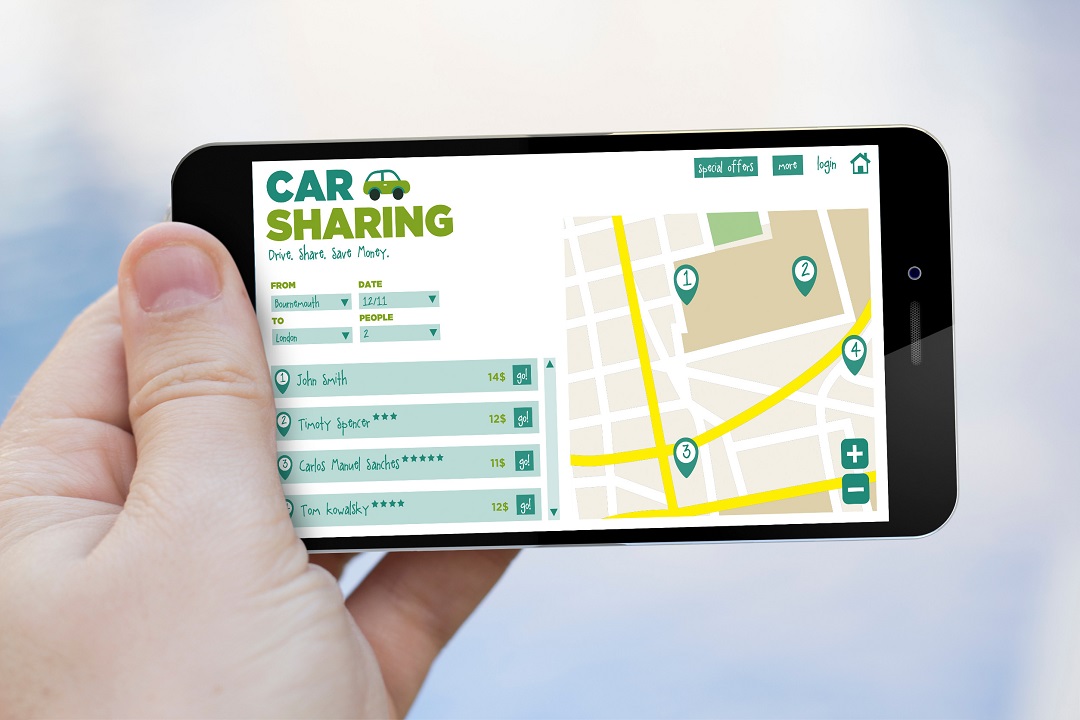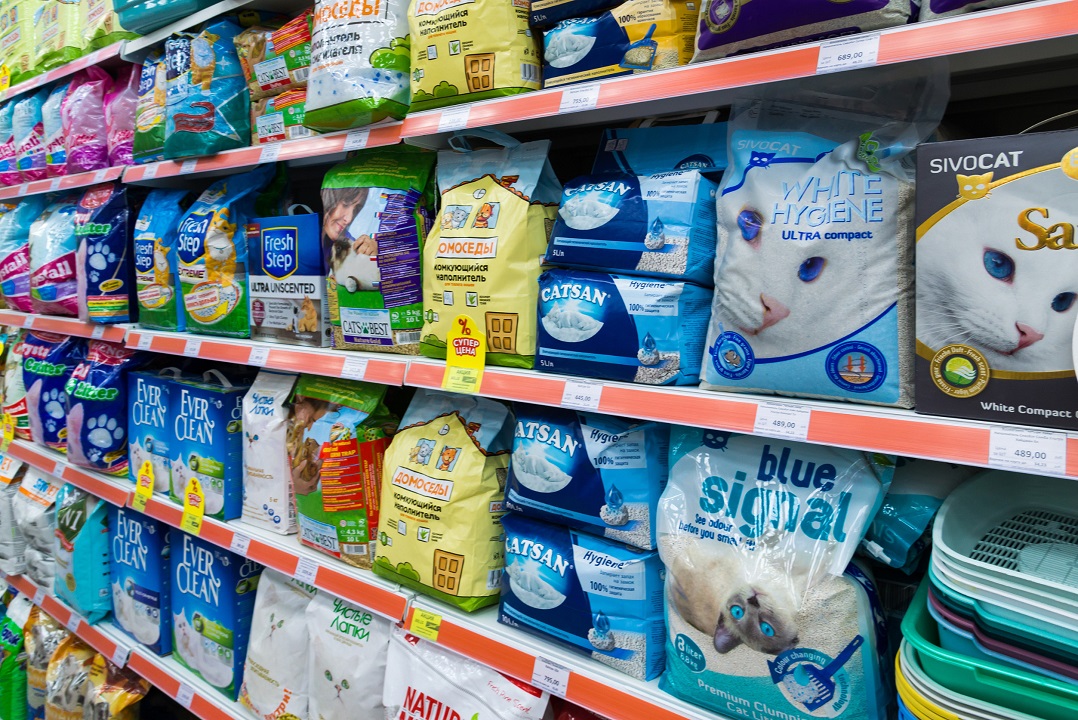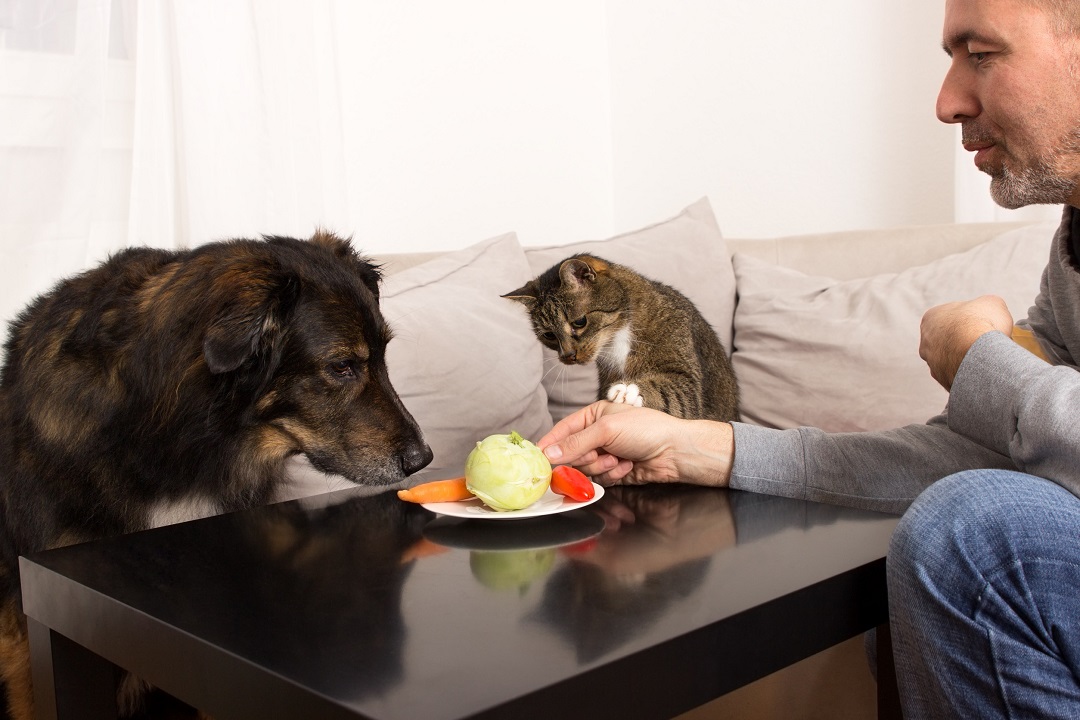
1. Participate in the Gig Economy

Additionally, you can explore gig platforms such as TaskRabbit, where you can offer your skills for tasks like moving, cleaning, or assembling furniture. This flexibility allows you to choose gigs that match your skills and interests, providing a steady stream of extra income without the constraints of a traditional part-time job.
2. Rent Out Your Space

For those with extra storage space, platforms like Neighbor allow you to rent out storage areas to people needing extra space for their belongings. This is a great way to monetize unused areas of your home without much effort, turning your space into a profitable asset.
3. Sell Unwanted Items Online

In addition to traditional selling platforms, consider specialized apps like Poshmark for clothing and accessories or Decluttr for electronics. These platforms often have targeted audiences, making it easier to find buyers and get a good price for your items. Selling unwanted items not only helps you make extra money but also creates a more organized living space.
4. Offer Freelance Services

Building a strong portfolio and establishing a good reputation can lead to repeat clients and higher-paying opportunities. Whether you freelance full-time or part-time, this option offers the flexibility to work on your own terms while earning extra income.
5. Participate in Online Surveys and Market Research

In addition to surveys, consider joining focus groups or participating in product testing. These opportunities often pay more than surveys and provide a chance to influence the development of new products. Although this may not replace a full-time income, it’s a convenient way to earn extra cash during your downtime.
6. Teach or Tutor Online

Creating and selling online courses can also be a profitable venture. Websites like Udemy and Skillshare allow you to create courses on topics you’re passionate about and earn money from enrollments. This is a great way to make extra money while sharing your knowledge and skills with others.
7. Invest in Real Estate Crowdfunding

Real estate crowdfunding offers a way to diversify your investment portfolio and gain exposure to the real estate market. While there are risks involved, as with any investment, careful research and due diligence can help you make informed decisions and potentially achieve significant returns.
8. Create and Monetize a Blog or YouTube Channel

Building a successful blog or YouTube channel takes time and effort, but the potential for passive income is significant. Consistently creating high-quality content and engaging with your audience can lead to steady growth and increased earnings over time.
9. Participate in the Sharing Economy

Additionally, consider joining local community-sharing networks where you can offer your skills or items for a fee. Whether it’s lending out your lawnmower or offering pet-sitting services, the sharing economy can help you generate income from resources you already own.
Diversify Your Income Streams


































